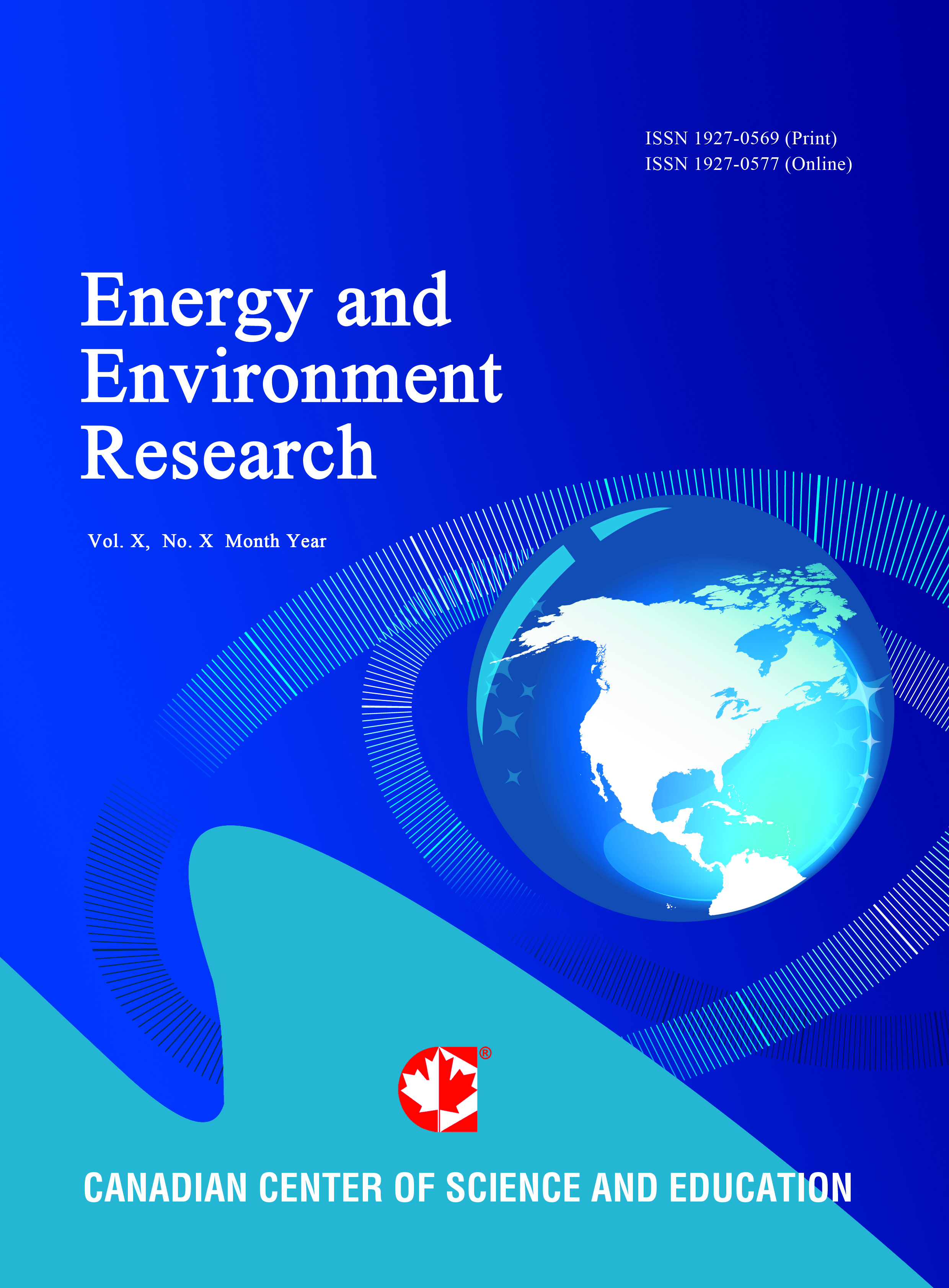Potential Use of Water Associated with Conventional Oil Production and Sea Water as Base Fluids for Hydraulic Fracturing Operations: Effect of Water Chemistry on Crosslinking and Breaking Behaviors of Guar Gum-Based Fracturing Fluid Formulations
- Dayanand Saini
- Timea Mezei
Abstract
Even though water consumption per hydraulic fracturing (or fracturing) job is relatively low; nearly all of the fresh water used for fracturing in California is in the regions of high water stress such as San Jouquin and Los Angeles Basins. However, water availability should not be a concern as huge volumes of water are being produced along with oil and gas from conventional formations (i.e. associated water) in the Kern County of California, a region where most of the fracturing activities take place. This associated water can potentially be used for preparing fracturing fluids in stimulating the unconventional formations. The present study reports on the relevant investigation done in this area of interest.
The results suggest that associated water chemistry has limited effect on the viscosity of cross-linked formulations. However, guar gum concentration was found to affect the breaking behaviors of cross-linked fracturing fluid formulations. The new type of commercially available biodegradable breaker was found to be effective in breaking the tested cross-linked formulations at elevated temperature which was as high as 85°C (185°F).
Both crosslinking and breaking behaviors of fracturing fluid formulations evaluated in this study were found comparable to the behaviors of commonly used cross-linked formulation (guar gum + 2% potassium chloride). These results suggest that both the associated water (i.e. water resulting from regional conventional oil production activites) and sea water (offshore oil fields) could serve as alternative sources of base fluid for use in fracturing jobs without putting significant burden on precious regional fresh water resources.- Full Text:
 PDF
PDF
- DOI:10.5539/eer.v6n1p31
Journal Metrics
(The data was calculated based on Google Scholar Citations)
h-index (July 2022): 19
i10-index (July 2022): 53
h5-index (July 2022): N/A
h5-median(July 2022): N/A
Index
- BASE (Bielefeld Academic Search Engine)
- CiteFactor
- CNKI Scholar
- Elektronische Zeitschriftenbibliothek (EZB)
- Excellence in Research for Australia (ERA)
- Genamics JournalSeek
- Google Scholar
- NewJour
- Norwegian Centre for Research Data (NSD)
- PKP Open Archives Harvester
- Publons
- ROAD
- SHERPA/RoMEO
- Standard Periodical Directory
- Ulrich's
- Universe Digital Library
- WorldCat
Contact
- Lesley LuoEditorial Assistant
- eer@ccsenet.org
